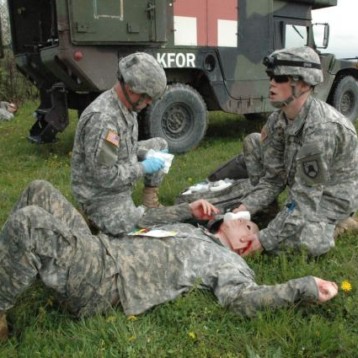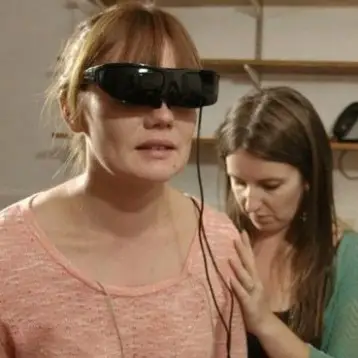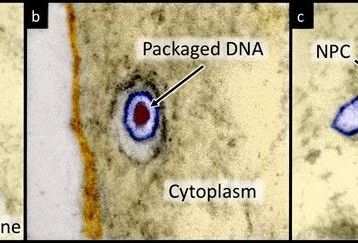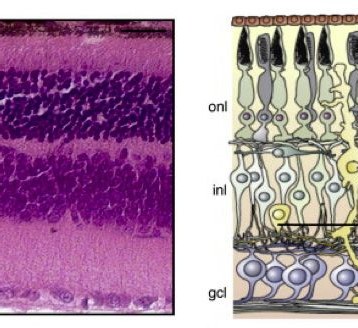|
The five-year study, named “Chatter Box”, costs £940,000 ($1.87 million US) and is coupled with the £1 million ($1.99 million US) “Brain Box” study. These endeavours intend to shape a new class of computers with the basis of biological principles. This will allow them to perform very complex functions like those achieved by the human brain.
“The human brain contains about one hundred billion nerve cells or neurons that each have to make a simple decision as to whether to ‘fire’ or not,” said Professor Steve Furber, of the School of Computer Science. “Each neuron’s decision is based on how many other connecting neurons have fired recently. When this simple computation is distributed over billions of neurons, it is capable of supporting all the highly complex behavioral characteristics exhibited by humans.”
“The Brain Box computer is being built using simple microprocessors that are designed to interact like the networks of neurons in the brain allowing it to replicate sophisticated functions such as speech,” said Furber.
“We will validate this model by showing that damaging it can lead to the same patterns of behaviour as those found in brain damaged individuals and then use the model to predict the results of different speech therapy strategies and will test these predictions in a population of stroke patients who have linguistic problems,” Dr. Welbourne continues. “Our goal is to understand how the brain supports language function, how this breaks down after brain damage, and the mechanisms that support recovery and rehabilitation.”
Professor Furber said: “Our brains keep working despite frequent failures of their component neurons, and this ‘fault-tolerant’ characteristic is of great interest to engineers who wish to make computers more reliable.”
“Our aim is to use the computer to understand better how the brain works at the level of spike patterns, and to see if biology can help us see how to build computer systems that continue functioning despite component failures.” The computer will be designed with the aim of modelling large numbers of neurons in real time and to track patterns of neural spikes as they occur in the brain. The plan will be to place dozens of microprocessors on a single silicon chip, reducing the cost and power consumption of the computer.
As soon as the team effectively produces the machine, it will then be used to develop a model of normal human language adept to reading, comprehending, speaking, naming, and repeating basic words in English. “To train such a model using existing computer simulators would take far too long – possibly more than a lifetime,” said Dr. Stephen Welbourne, of the School of Psychological Sciences.
TFOT has covered several advanced medical technologies including micro origami, miniscule containers that could be used to deliver precise micro or even nano quantities of drugs to a specific target inside the body. You can also check out our article “Science Fiction Saving Lives”; if you were ever an avid fan of Star Trek, you may find a portable imaging palm gadget capable of quick and unobtrusive scanning of subsurface tissues very familiar. TFOT has also previously written about erasing memories. Researchers have identified molecular and cellular mechanisms important for recognition and memory which may help improve our understanding of the nature of conditions that harm our memory, such as Alzheimer’s disease.
Additional information on the “Chatter Box” can be found at the Manchester University website.










